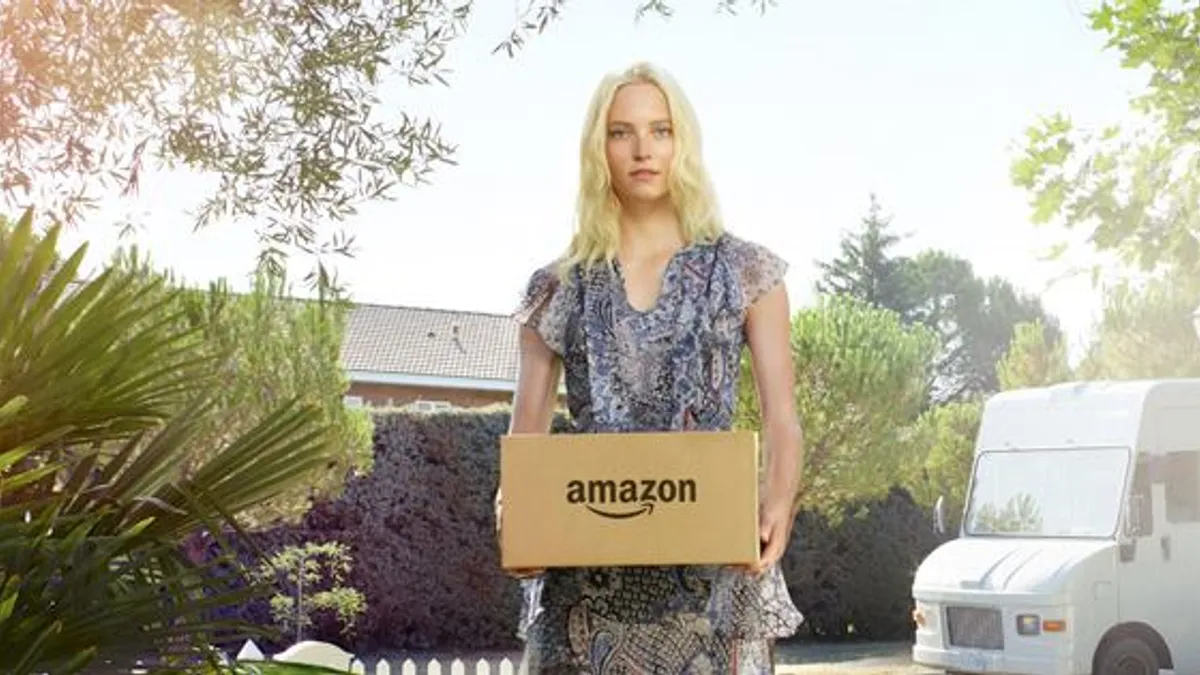Editor’s note: The following is a guest post from Daphne Carmeli, CEO of Deliv, a five-year-old startup same-day delivery service based in Menlo Park, California.
Amazon, the $470 billion monstrosity consuming every industry from cloud storage to retail, is difficult to compete with for businesses.
Its infrastructure alone is a near-insurmountable moat for most retailers. They have physical locations within 10 miles of 80% of the population, they can afford to lose $7 billion a year on offering free delivery, and the company had $13 billion lying around to acquire one of the most expensive grocery chains in the country.
Walmart, with its 5,000 brick and mortar stores, is investing billions of dollars every year to keep pace with Amazon’s speed and convenience.
So how can smaller retailers, the mom and pop shops that are really feeling the heat of the ubiquity of Amazon, compete with the e-commerce giant? First, let's start with the ways they shouldn’t.
1. Don’t compete with Amazon’s infrastructure
Unless you’re Walmart, it is highly unlikely you’ll be able to invest the time and capital to create anything remotely close to Amazon’s far reaching infrastructure and scale.
By leveraging their physical footprint of stores and warehouses, Amazon has rolled out same-day delivery or one-day shipping in over 5,000 cities and towns. The former online bookstore has managed to draw the shortest line from product to customer’s door more than any other retailer.
2. Don’t compete on price or selection
Amazon is in the midst of an age old strategy available to only the largest of companies: pricing out competitors. In addition to affordability, Amazon’s immense selection has increased 95% over the last 16 months, going from 245 million items available online to 480 million — that’s a near half-billion items that consumers are able to choose from.
But the streamlined processes necessary to offer services at the scale Amazon does doubles as their largest shortcoming. In exchange for mass appeal, Amazon has compromised their ability to be a brand that resonates with consumers. That means the largest opportunity for small businesses is to compete with Amazon on a personalized level.
3. Do compete on the consumer experience
This is it — the secret sauce. Amazon has staked their reputation on offering a wide variety of items and convenient delivery. By instead creating a personalized consumer experience that resonates with people, small businesses can differentiate themselves from the convenient-but-impersonal experience of Amazon.
While they’ll likely continue to be cheapest and quickest, Amazon will never have a personality on Twitter or create shareable content on Instagram — and this is where small retailers can standout. Owning the customer experience and making it branded is one of the last legs retailers can stand on.
4. Do compete with convenience
Just because retailers don’t have a decades-old ecommerce platform or hundreds of brick-and-mortar locations doesn’t mean their shoppers should have to endure compromised convenience.
Whether it’s Amazon or the local boutique, the customer experience that retailers offer has to live up to consumer expectations — and keeping up with that is what has become difficult. Luckily, retailers have a number of tools and services at their disposal to offer an Amazon-equivalent when it comes to convenience — with all the bells and whistles of the largest internet retailer.
Payment processing systems like PayPal’s small business integration, for example, have made plugging in 16 digit credit card numbers a thing of the past. While it may only save a few seconds for online shoppers, removing unnecessary obstacles from the checkout process creates a more seamless experience and ultimately increases conversion rates.
When it comes to delivering items, Amazon can drop off purchases within hours in thousands of markets across the U.S. Earlier this year, a survey from fraud prevention startup Trustev found that consumers are quickly adopting to this increased convenience, with 56% of 18–34-year-old shoppers expecting same day delivery as an option. Adopting a same day delivery service, is a relatively inexpensive way for retailers to offer a comparable delivery option.
As Amazon seems set on consuming every aspect of the retail industry, it’s important for retailers to remember the ways in which they can still compete. Offering a branded, convenient customer experience is at the top of the list.














